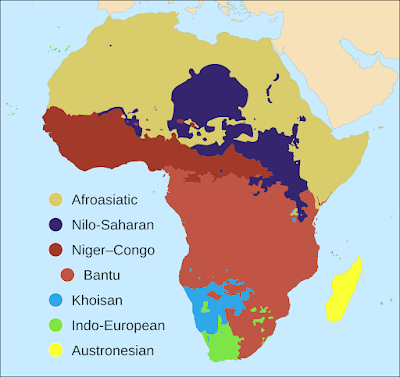The case for linguistically inclusive generative AI
Did you know that most generative AI projects predominantly focus on the English language? This dominance of English in the realm of AI research and development has inadvertently resulted in a lack of diversity, hindering AI technology's ability to understand and generate in other languages. By directing so much emphasis on English, we are inadvertently curbing the potential of AI to serve a global, diverse audience.
The Importance of Linguistic Diversity in AI
Expanding the scope of research and development to include multiple languages is crucial. Not only will this foster better communication across cultures, but it will also promote inclusivity and accessibility. Non-English speakers, after all, should be equally entitled to benefit from AI advancements. Diversifying AI can help bridge linguistic divides, encouraging a richer cultural exchange. Such diversity can address the unique needs and preferences of global communities, leading to the creation of more equitable AI systems.
Potential Breakthroughs with Multi-lingual AI
The importance of championing research that embraces non-English languages cannot be stressed enough. Doing so can help rectify the current limitations and biases in AI technologies, facilitating a world where AI systems are truly interconnected. Multi-lingual AI can lead to unprecedented breakthroughs, particularly in translation, localization, and enhancing cross-cultural comprehension.
Envisioning Innovative Possibilities
But the potential does not end there. Think of the innovations we could witness with AI projects developed in diverse languages. There lies an opportunity to amplify global cultural expressions, from poetry and stories to music. If we venture beyond the confines of the English language and truly appreciate linguistic diversity, AI can evolve to cater comprehensively to global needs. The vision is an AI adept at producing content in myriad languages, potentially revolutionizing industries ranging from customer service and education to entertainment.
Collaborative Approaches and Cultural Sensitivity
However, the onus is on us to ensure collaboration with experts, be it linguists, sociologists, or local communities, to capture the essence of non-English AI projects. Prioritizing cultural diversity and linguistic inclusivity is essential for a holistic approach to AI's future. It's more than merely expanding datasets; we must delve deep into the intricacies of each language.
AI for a Globalized World
AI for all languages is indispensable in our globalized world, ensuring democratized access to technology. We must challenge prevailing norms to champion inclusivity and linguistic diversity in AI research, empowering underrepresented communities and even aiding in preserving endangered languages and cultural heritages. After all, language forms a core facet of our identity, and AI should resonate with this diverse tapestry.
The Promise of Precise Translations and Interpretations
With AI proficient in various languages, we can anticipate more precise translations and interpretations. Supporting non-English AI projects is a definitive step toward shaping technology that mirrors our diverse world. There's a treasure trove of knowledge and creativity in languages beyond English, beckoning exploration.
Looking Ahead: An Inclusive AI Future
Our goal should be ensuring equal representation for all languages in generative AI, striving to dissolve linguistic barriers and encourage global synergies. It's a journey not just about technological advancement, but also about sculpting a world that's inclusive and interconnected. Imagine a tomorrow where AI engages with us in our mother tongues, making communication effortless. Let's collaboratively pave the way for a generative AI landscape that is linguistically rich and inclusive.
_WITH_JOURNALISTS_AT_THE_6TH_ZIONIST_CONGRESS._SEATED_NEXT_TO_HIM_IS_Z._WERNER,_EDITOR_OF_THE_ZIONIST_PAPER,_DIE_WELT._%D7%AA%D7%90%D7%95%D7%93%D7%95%D7%A8_%D7%94%D7%A8%D7%A6.jpg)

Comments
Post a Comment